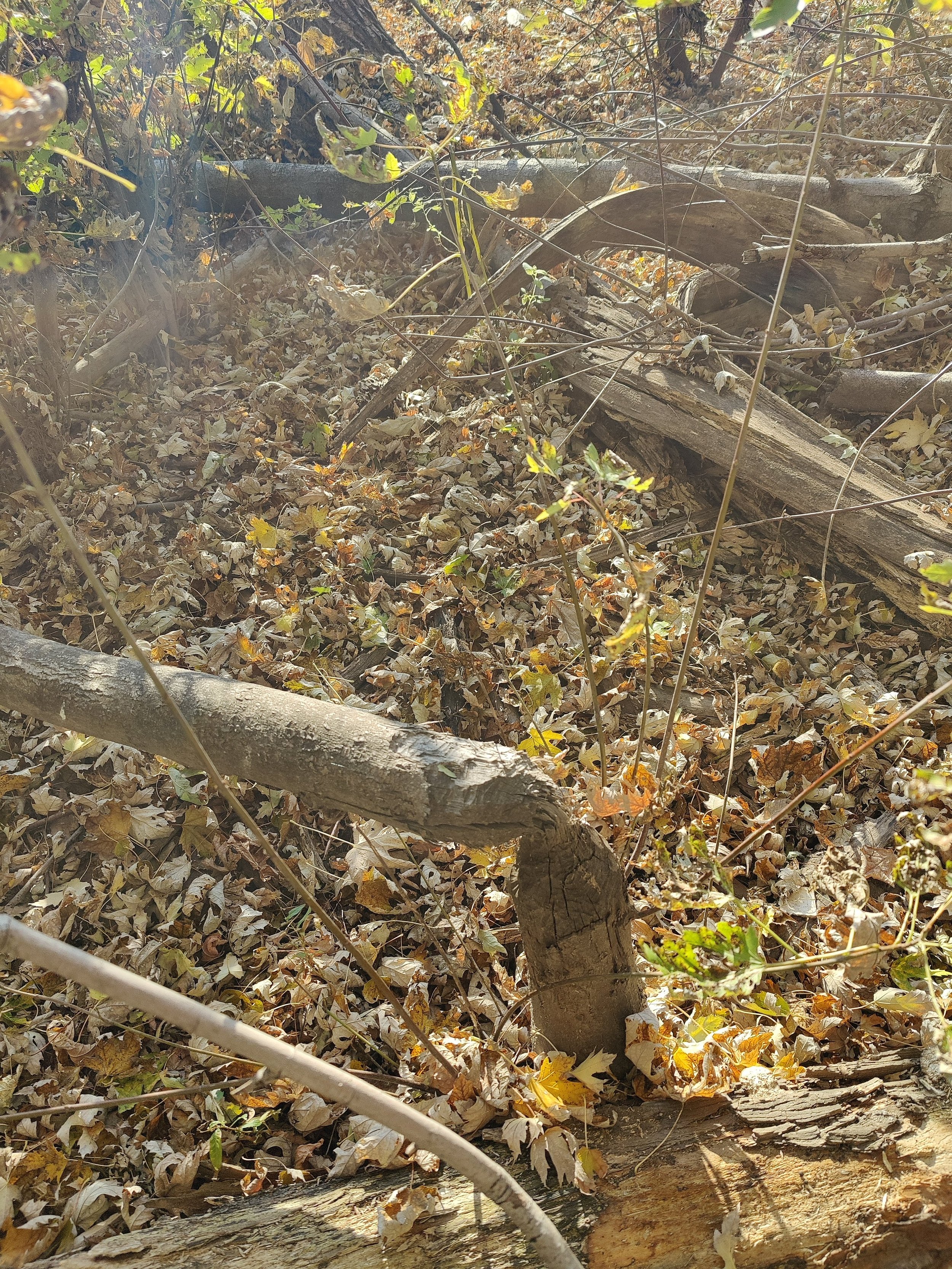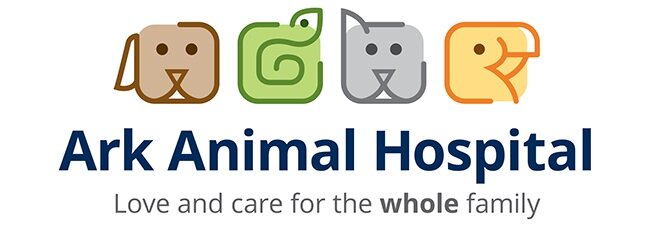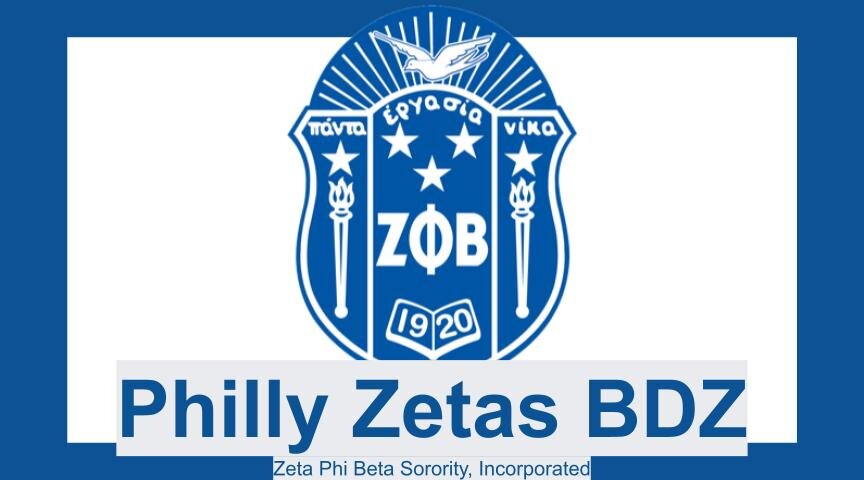Philly Animal Control (ACCT) brought us a juvenile beaver. After physical examination and passive observation, the animal appeared healthy.
Our best guess is that the beaver strayed far afield and found itself disoriented in unfamiliar human territory. An over-eager Good Samaritan assumed that the animal was ailing and brought it to ACCT. (Always call us before containing an animal. Many situations involve ambiguity. More often than not, animals do not need to come into care. Even if something is amiss, some issues may be addressed “in the field”.)
Young beaver may spend two years with their families learning the fine art of how to be a beaver. So, it was critical to get this beaver back to its home for further development. If reunification were not possible, the beaver might need to remain in care for over a year until self-sufficiency.
We took two separate reconnaissance trips to the reported point of origin with no positive signs of beaver activity. Further investigation yielded a more promising location directly from the person who brought the animal to ACCT. With this information, and recent correlating beaver sightings on iNaturalist, we zeroed in on the young beaver’s home. Another scouting mission confirmed evidence of beaver and a probable lodge site. After one last patient examination and a fattening-up session, we set out to get this youngster back to its rightful place. See how it went, below. A heartwarming end.
Juvenile beaver in rehab
UPDATE:
At release, we didn’t see any adults. So, we returned to make sure the young beaver was thriving. Upon arrival, an adult exhibited a splashing display to ward us off. This was good evidence that our patient had successfully rejoined its clan.



















